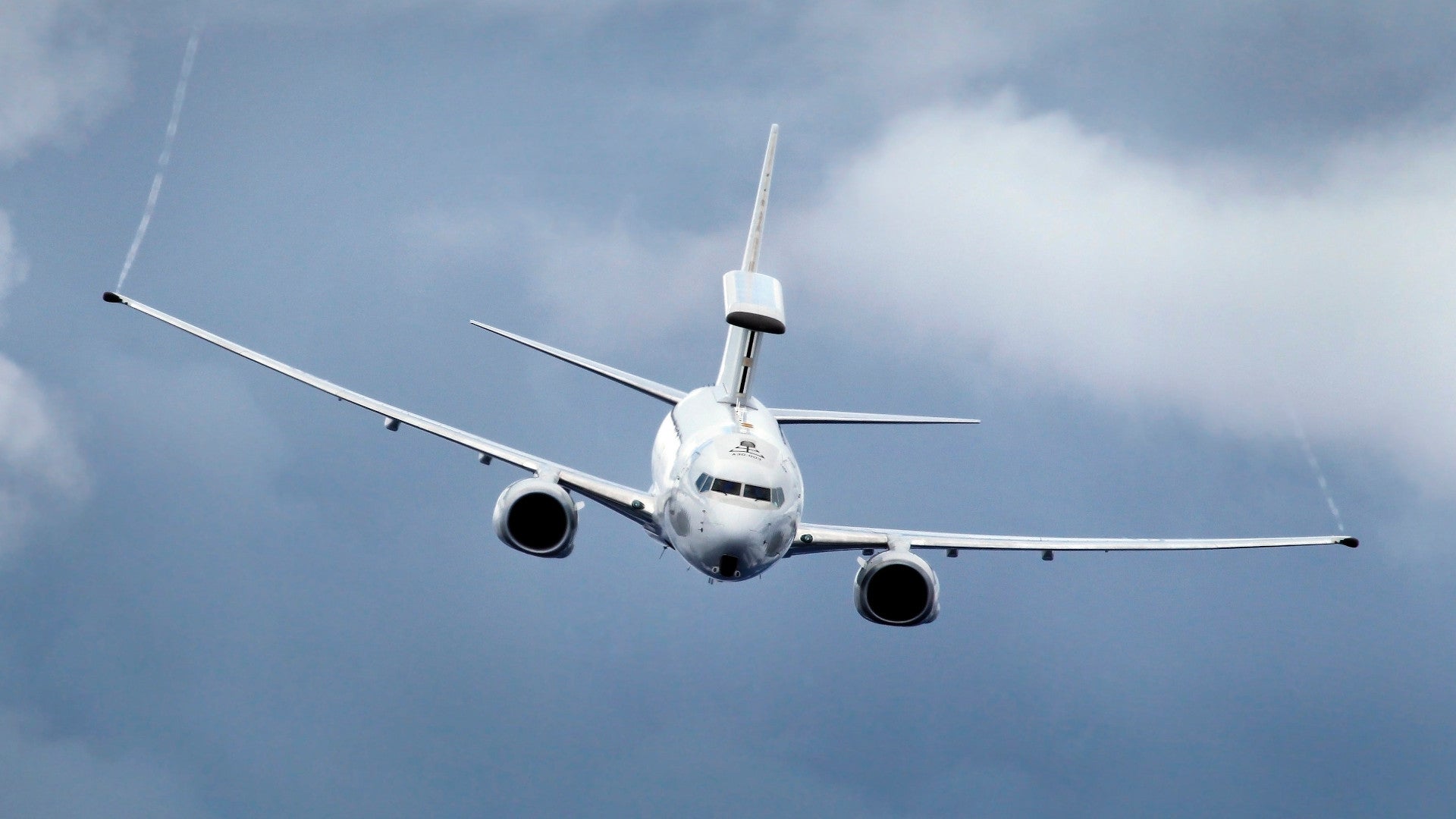A senior U.S. Air Force official has made a surprise call for acquiring Boeing E-7 Wedgetail airborne early warning and control aircraft. General Kenneth S. Wilsbach, head of Pacific Air Forces, the service’s top command in that region, has recommended buying the new radar planes to help offset the aging E-3 Sentry Airborne Warning and Control System, or AWACS, fleet.
General Wilsbach made the call for acquiring the E-7s during the Air Force Association’s virtual Aerospace Warfare Symposium yesterday. A rapid procurement of the Wedgetails, he argued, would meet a demand for airborne early warning and control (AEW&C) capabilities in the Indo-Pacific region.
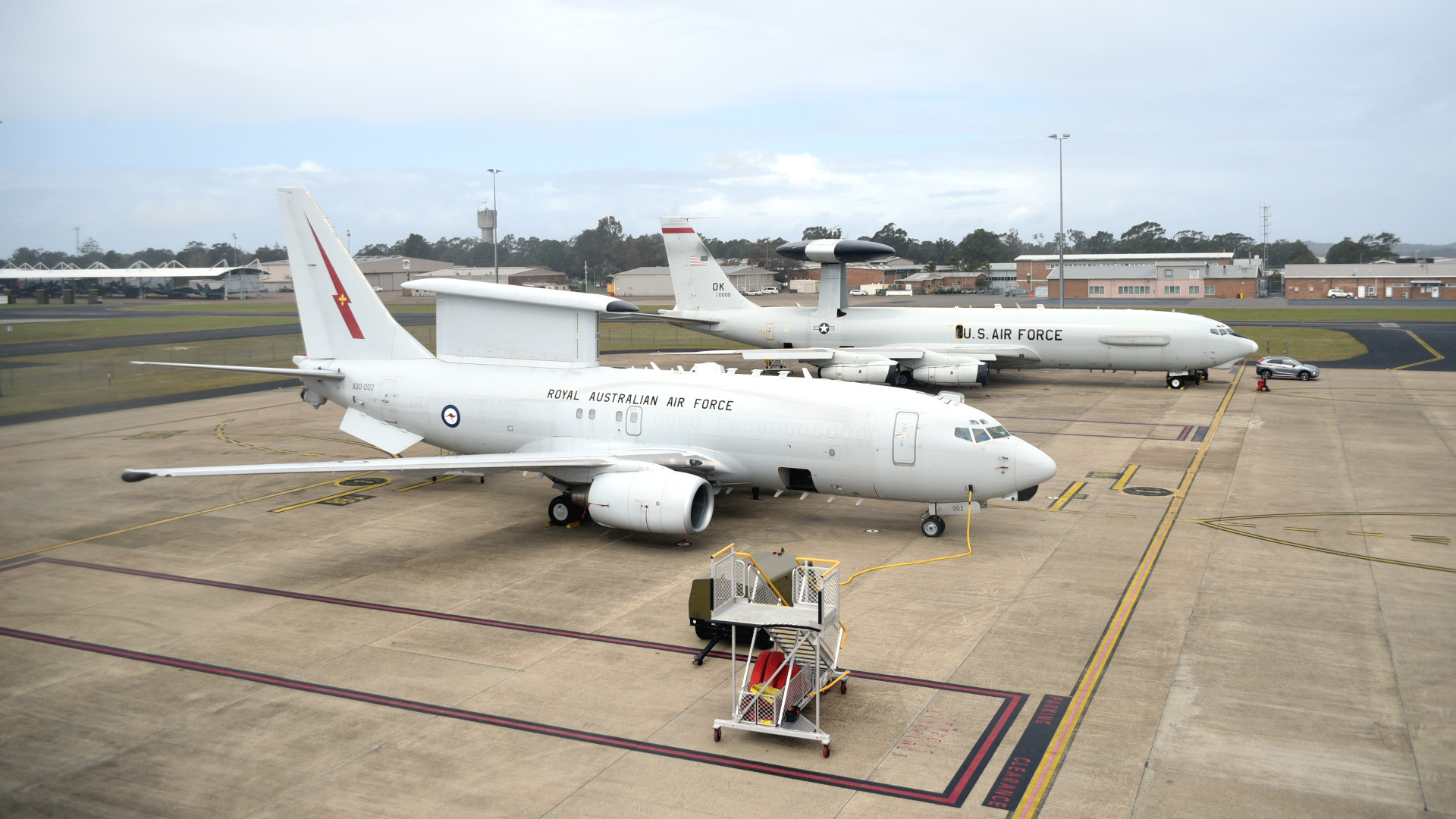
“The fact is, we actually need something relatively quick because of the reliability of the E-3,” Wilsbach was quoted as saying by Air Force Magazine. “It gets harder and harder to get airborne.”
Wilsbach was pointing to the fact that the E-3 — the first examples of which entered frontline use with the Air Force back in 1977 but have since been significantly upgraded — has one of the worst readiness rates in the service. A report that the Government Accountability Office (GAO), a Congressional watchdog, released last year, which you can read more about in this past War Zone piece, said that from Fiscal Year 2011 to Fiscal Year 2019, the Sentry fleet did not meet any of its annual aircraft availability goals.
“The E-3 faces sustainment challenges related to supply of needed parts and maintenance of the aging aircraft,” the GAO analysis concluded. Upgrades to the Air Force’s E-3 fleet should keep the 40-year-old aircraft flying into the 2030s, but the aircraft is clearly showing its age.
The most distinctive feature of the E-7, which is based on the airframe of the ubiquitous 737 airliner, is its large Multi-role Electronically Scanned Array (MESA) radar, a Northrop Grumman product, mounted on the rear section of the top of the fuselage. It has air and sea-search modes and can track targets more than 370 miles away, depending on various environmental and other factors. In addition, it also has robust communications and data-sharing capabilities that allow it to exchange information with other friendly assets in the air and down below.

The smaller 737-based design is more fuel-efficient and economical to operate than the larger Sentries. As a derivative of an in-production commercial aircraft, compared to the increasingly maintenance-intensive E-3, which is based on the long out-of-production Boeing 707 airliner, the Wedgetail has access to a well-established supply chain that could help reduce maintenance and logistics costs. In fact, all E-7s start life on the production line in civilian guise before being converted to their military configuration.
Furthermore, the E-7 shares some commonality with other in-production U.S. military aircraft types. As well as the E-7, the 737-700 also serves as the basis for the U.S. Navy’s C-40 Clipper logistics transport, while the P-8 Poseidon maritime multi-mission aircraft is derived from the 737-800.
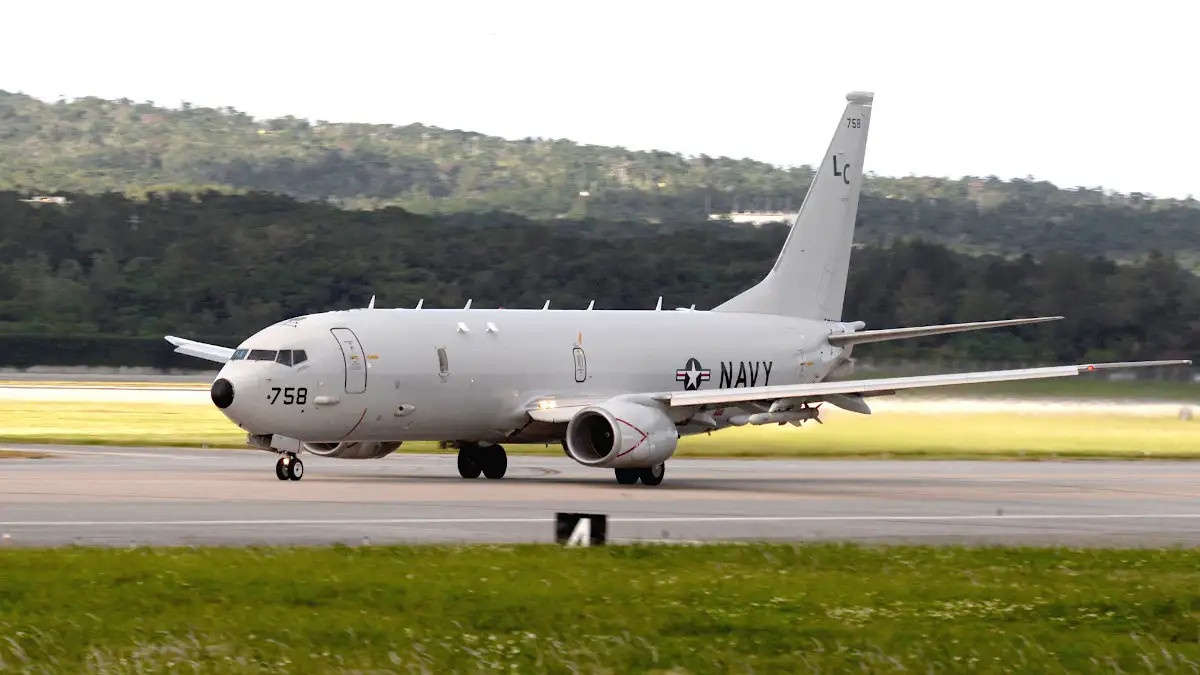
The potential for integration in future coalition operations is also an advantage, with the E-7 already being in service with Australia, South Korea, and Turkey. The United Kingdom is scheduled to receive its first Wedgetails in 2023. In order to speed up this process, the United Kingdom has notably chosen to use second-hand former commercial 737s as the basis for its first two Wedgetails.
Wilsbach suggested he wants to see new E-7s supplanting the Sentry sooner rather than later, especially in the Indo-Pacific. In this region, in particular, U.S. air superiority is increasingly being threatened by China’s rapidly modernizing military, a reality that procurement of the E-7 could help address. China is developing extensive anti-access, area-denial strategies that incorporate long-range surface-to-air missiles and manned interceptors, as well as ballistic and cruise missiles.
Against these kinds of threats, perhaps, Wilsbach says he envisages the future Pacific Air Forces equipped both with E-7s and the Next Generation Air Dominance (NGAD) platform. NGAD is a highly anticipated sixth-generation combat aircraft effort that is being crafted around a sophisticated “system of systems,” as you can read about in more detail in this past War Zone story. Combined with new AEW&C assets, the NGAD would mean “that we can stay relevant as our adversaries continue to advance,” Wilsbach contended.
“Air superiority is foundational to most other things that we would want to be able to do in our theater,” he said. “Because if you don’t have air superiority, then most everything else that you want to do is really held at risk.”

In the past, the Air Force has shown little apparent interest in buying the E-7 or even an alternative aircraft-based AEW&C capability as a direct replacement for the E-3. It is also worth noting that, in the past, upgraded Sentries were themselves also discussed as potentially being one part of a “distributed” approach to replacing the service’s E-8C Joint Surveillance Target Attack Radar System (JSTARS) battlefield management command and control aircraft, or JSTARS.
It is important to point out that the E-3s and E-8Cs perform very different missions. The E-3 — or any similar AEW&C platform, for that matter — relies upon a powerful radar able to scan vast swathes of airspace to detect any airborne threats, ranging from fast and high-flying manned aircraft to cruise missiles and drones; meanwhile, onboard controllers perform command and control functions. On the other hand, the JSTARS combines ground moving target indicator (GMTI) and synthetic aperture surveillance capabilities and is essentially a flying battlefield surveillance and management center.
The system-of-systems approach to replacing JSTARS had emerged after plans to directly replace the JSTARS with another aircraft type — potentially also using a 737-derived design — were effectively abandoned in 2018. The Air Force has since continued to expand its distributed networking efforts, which have now evolved in the over-arching Advanced Battle Management System (ABMS) program.
ABMS embodies the Air Force’s plans for a “distributed” combination of existing manned and unmanned aircraft with new sensors and other equipment. In the past The War Zone has considered exactly how feasible this concept is, bearing in mind the likely requirement for a new survivable sensor node to extend the reach of surveillance capabilities across heavily defended areas, especially against a near-peer opponent such as Russia or China.
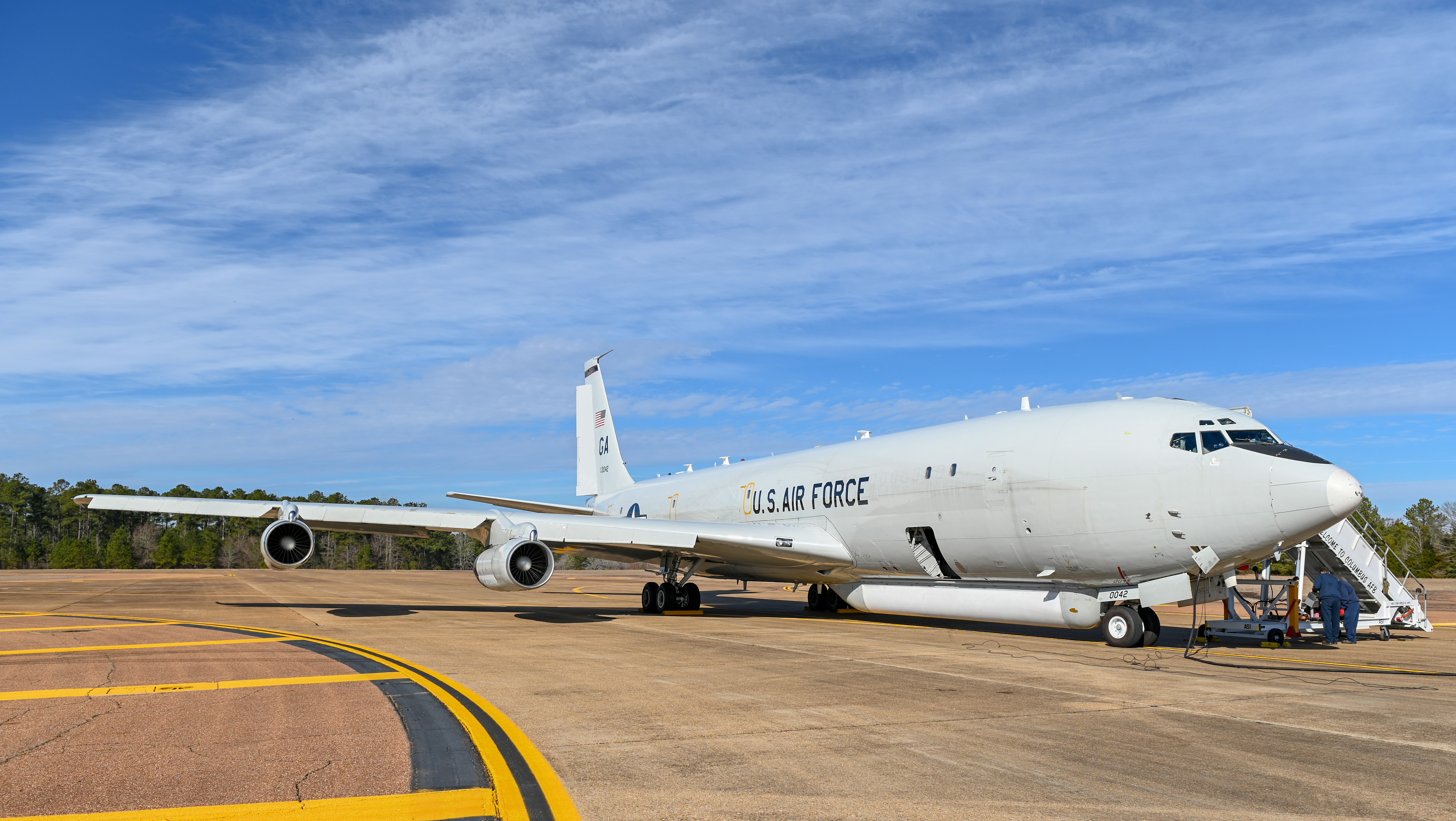
“The ABMS anticipates replacing the battle management functions of the Northrop Grumman E-8C Joint Stars fleet by 2025 with a network of sensors and processors distributed across multiple manned and unmanned platforms,” Aviation Week’s Defense Editor Steve Trimble wrote last October. “The Air Force may seek to adopt the same [distributed] approach for replacing the AWACS fleet beyond 2025.”
However, Trimble also noted that the Air Force might still opt for a more conventional successor to the E-3, perhaps KC-46 derivative, a platform based on the 737 (i.e. the E-7), or a smaller bizjet-based solution. The service could potentially acquire a number of E-7s as part of a multi-faceted approach to replacing the E-3s. ABMS is a highly ambitious effort that is still in the early stages of development and it could be important to seek at least an interim replacement in the near-term for at least some of the Sentries, too.
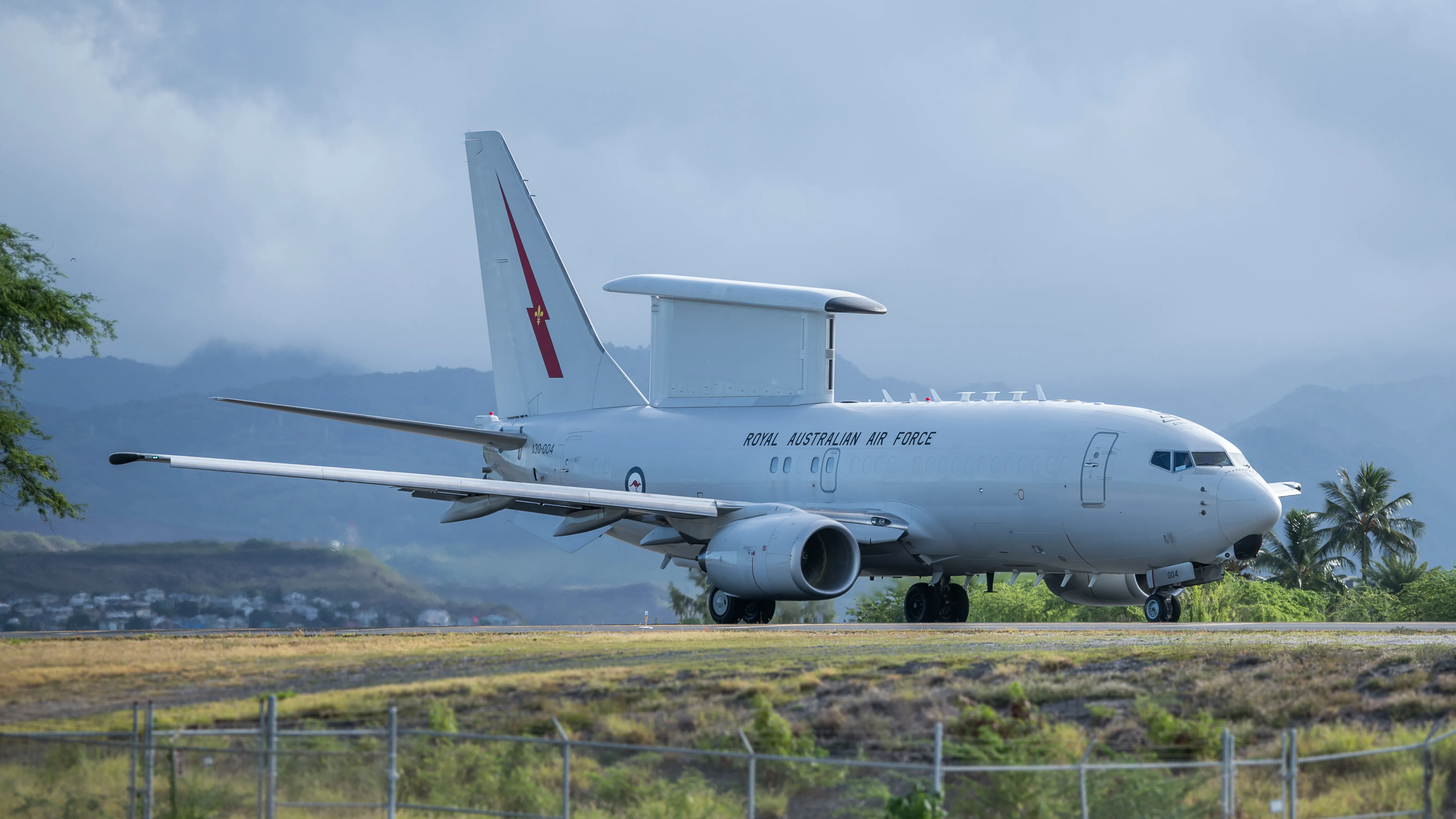
No matter what the exact plan might turn out to be for replacing the E-3s, it’s important to stress that any manned radar aircraft would likely be a primary target in a future near-peer conflict. Both China and Russia are developing very long-range air-to-air missiles, for example, which have been widely touted as “AWACS-killer” weapons. With that in mind, there have been suggestions that a constellation of small satellites in low Earth orbit, for example, could provide a much more resilient means of generating AEW&C coverage.
There are meanwhile also a range of options to increase the survivability of an asset of this kind, ranging from hard-kill anti-missile interceptors to directed energy weapons and even missile-toting loyal wingman drones. In fact, Boeing sees the RAAF’s E-7s working as command and control for loyal wingman drones, but could also be extended to provide the same function for more advanced semi-autonomous UCAVs.
Clearly, funds permitting, a rapid purchase of E-7s could furnish the Air Force with an all-new AEW&C at relatively short order, and Boeing would no doubt be receptive to further orders that would extend the Wedgetail production line beyond the three aircraft (reduced from five) for the United Kingdom.
While the E-7 would seem to provide a ready-made solution for what General Wilsbach seems to have identified as a growing “AWACS gap” in the Indo-Pacific, in particular, we are still none the wiser as to the path the Air Force will adopt when it comes to finally replacing its veteran E-3 Sentry fleet.
Contact the author: thomas@thedrive.com
